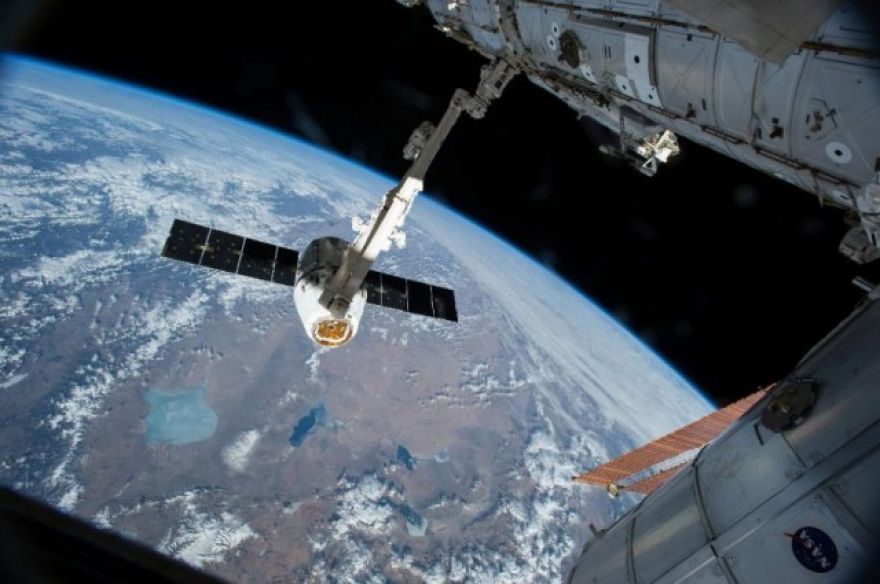
The SpaceX Dragon cargo vehicle has been so reliable we rarely have reason to report on it anymore, but the spacecraft has suffered a rare failure that will delay a planned resupply mission. According to NASA, the vessel that was set to launch this coming weekend has a fuel leak, so it’s . According to NASA, Dragon was being prepared for the CRS-25 cargo mission to the International Space Station (ISS) last weekend when sensors detected the problem. After detecting elevated vapor readings of mono-methyl hydrazine (MMH) propellant, the team removed both the fuel and oxidizer from the system to prevent further leaks.
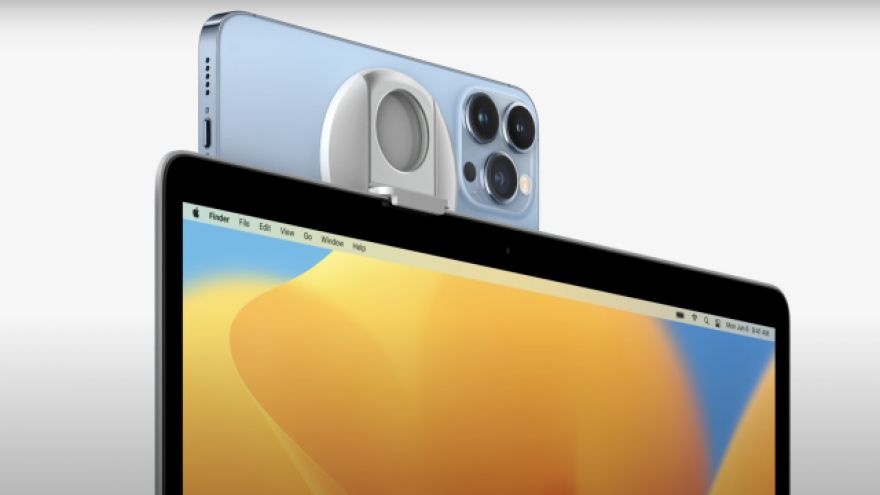
At this week’s WWDC keynote Apple showed off a new feature in iOS 16 that’s sure to please people with older MacBooks. It’s called Continuity Camera and it lets you use your iPhone as a stand-in webcam. The pitch is that it combines the “best camera you own” with the larger display of a laptop. Theoretically, it does sound like the perfect pairing. Apple also says it will allow things that were never before possible with a webcam, and it’s actually telling the truth here. This is a big deal since even newer Macs have notoriously lackluster webcams. In the keynote Craig Federighi the technology by attaching a magnetic clip to his iPhone 13 Pro.
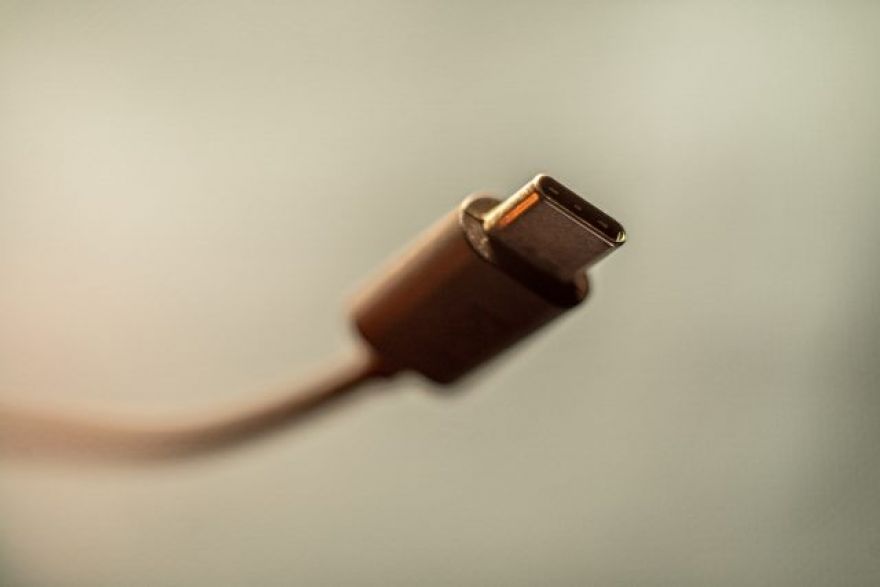
(Photo: Marcus Urbenz/Unsplash)At long last, European Union lawmakers have made a decision regarding whether to implement a universal charger for new electronic devices. By late 2024, mobile phones, tablets, e-readers, handheld gaming consoles, wireless headphones, wireless speakers, wireless mice, GPS devices, and digital cameras must be equipped with USB-C wired charging. New laptops will need to comply with the agreement 40 months after it becomes law. The , announced Tuesday, is the beginning of a wider effort to reduce e-waste and “make consumers’ lives easier.” Instead of needing to keep a tangled mess of USB, micro-USB, USB-C, and Lightning cables on-hand, device owners in the EU will be able to charge their new small and medium-sized electronics using a single universal cable.
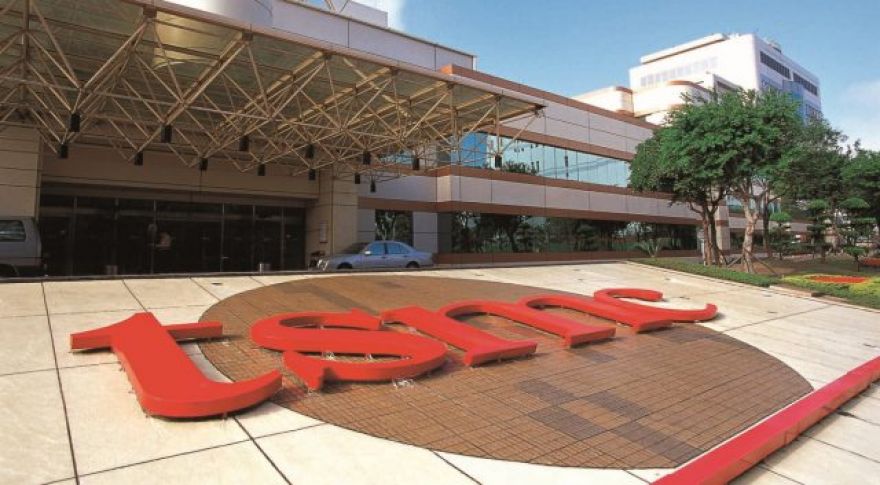
We’re about to enter a very unique era in the world of silicon fabrication. The currently-used FinFET transistors have been in use since 2011, but as nodes continue to shrink they will need to be replaced by something different. We are now approaching that inflection point, with TSMC recently updating its roadmap to note it’ll be moving to nanosheet transistors once it’s ready for 2nm production. That won’t be for a few more years and Intel and Samsung have announced similar plans. News of TSMC’s updated roadmap comes in a report from , which discusses the company’s future plans.
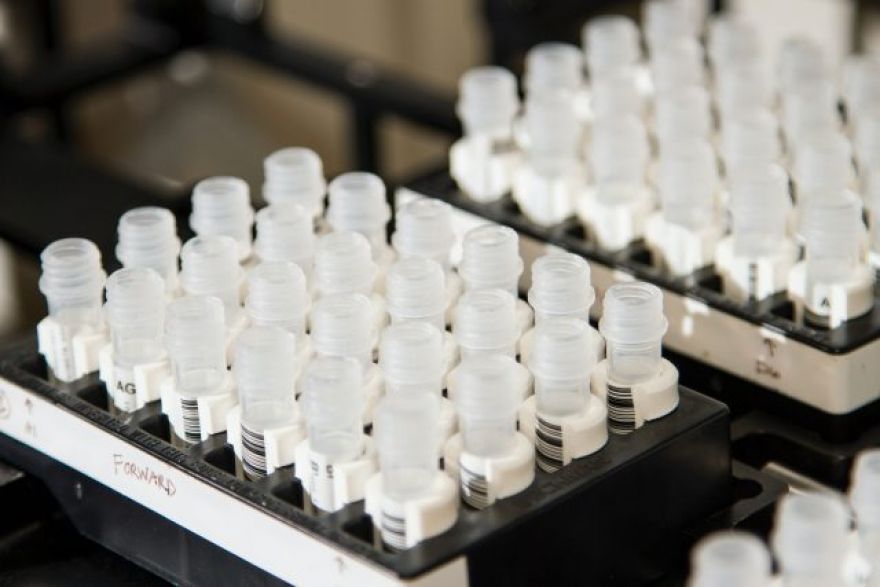
(Photo: National Cancer Institute/Unsplash)For what’s likely the first time ever, a cancer-destroying drug trial has put every participating patient in remission. The trial involved dostarlimab, a monoclonal antibody produced by the drug company GlaxoSmithKline. Twelve* patients with stage II or III rectal cancer were each administered dostarlimab once every three weeks for a total of six months. The original goal was to see if their tumors would shrink, then conduct traditional treatment involving chemoradiotherapy and surgery. By the end of the , however, neither was required: all 12 patients had entered remission. The cancer was nowhere to be found, even after the patients underwent MRI, biopsies, endoscopies, and digital exams.
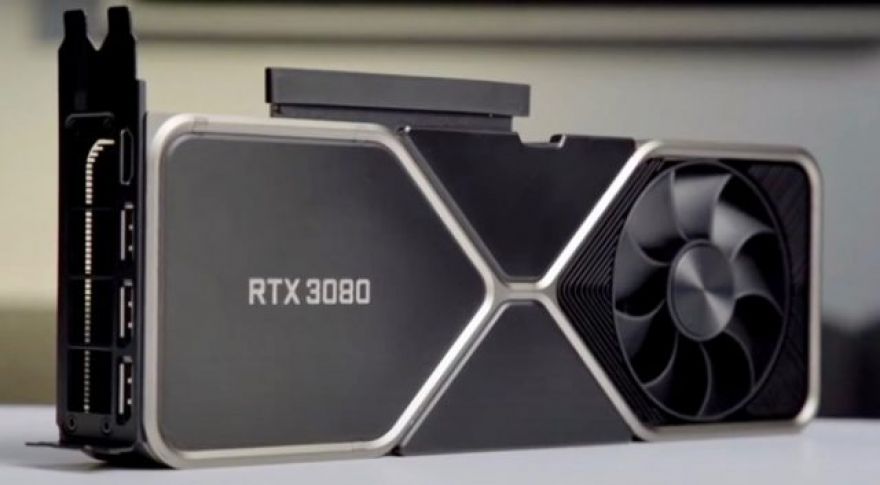
For the past two years it seemed every article about GPU inventories was all bad news. There was zero supply, and the cards that were available came with scalper pricing. Bots took over all the online purchasing, and eventually people just gave up on the notion of getting a new GPU. Lately though, both prices and inventory have improved, and now we have some numbers to back it up. According to a new analysis from (JPR), Add-in Board (AIB) GPU shipments have increased a whopping 32.2 percent in the past year. That’s measured from Q1 of last year, to the end of this past quarter, and it’s a new year-over-year record.
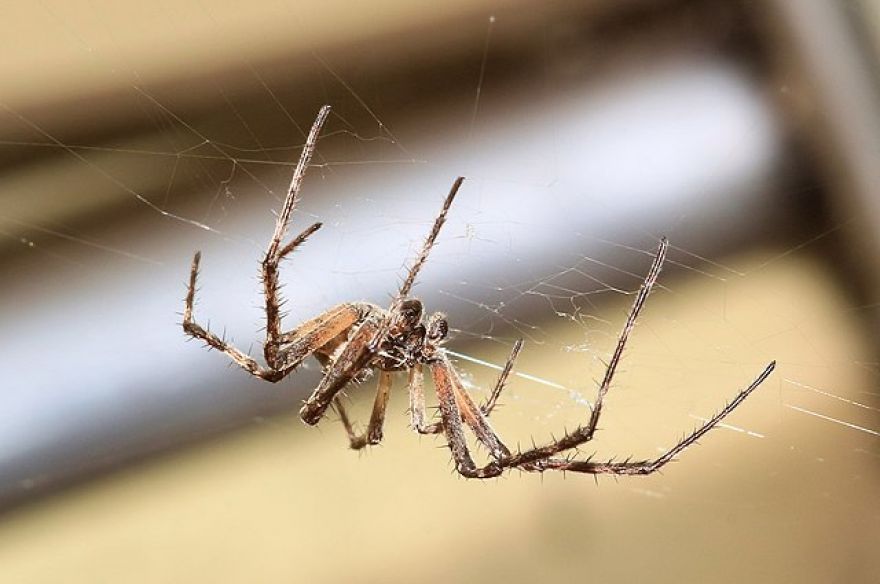
(Photo: Paul Harrison/Wikimedia Commons)Spiderwebs’ primary purpose may be to capture unsuspecting prey, but they have a second important function: to act as eardrums for the spiders that build them. A new study reveals that some types of spiders use their webs to pick up soundwaves, thus determining how they react to their environment. The finding was born from an unexpected dilemma: Ron Miles, a mechanical engineer, has dedicated a significant portion of his career to figuring out how to build more effective microphones. To do this, he and his team regularly study animals without eardrums, which provide key insights into how air movement and pressure changes are perceived together.
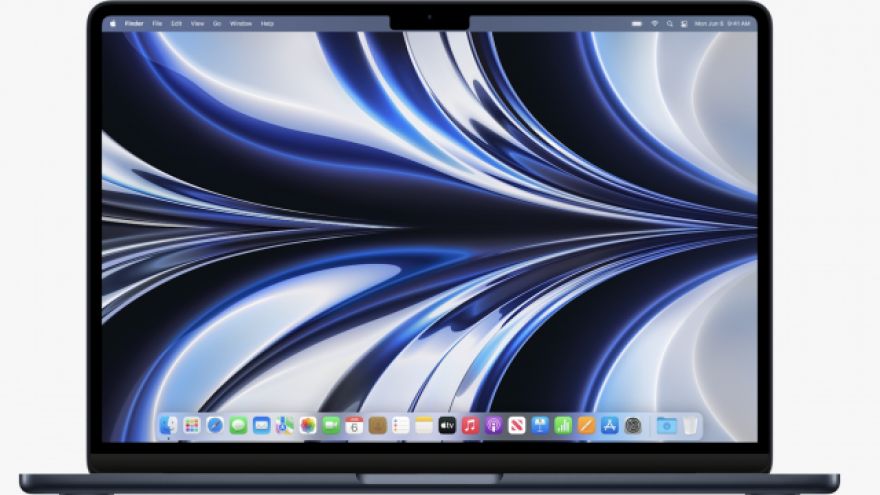
Just as prophecy foretold, Apple revealed an all-new MacBook Air at this week’s WWDC keynote address. The redesigned Air includes everything the rumor mill said it would, including new M2 silicon, design language from the MacBook Pro, and the return of MagSafe. Apple also introduced a new dark blue color as well. The result is a slightly upgraded Air compared to its M1 predecessor. The price was upgraded too, as the base model now costs $200 more than the baseline M1 model. Notably, Apple will sell both models side-by-side for the foreseeable future. The looks a lot like a slimmed-down version of the new MacBook Pro.

Apple announced its second-generation Apple Silicon yesterday with some new details on the CPU’s architecture and what consumers should expect when it debuts later this year. The Apple M2 is built on an improved iteration of TSMC’s 5nm process and features refined versions of its existing CPU cores. Apple never divulges much information about its CPU designs, but the company gave us enough information to infer a few improvements. Apple is retaining the same eight-core configuration for the baseline M2 as in M1, but the shared L2 cache is larger — 16MB instead of 12MB. Apple claims that the M2’s efficiency cores are much improved compared to M1, but the high level stats it quotes for L1/L2 cache are identical between both designs.









